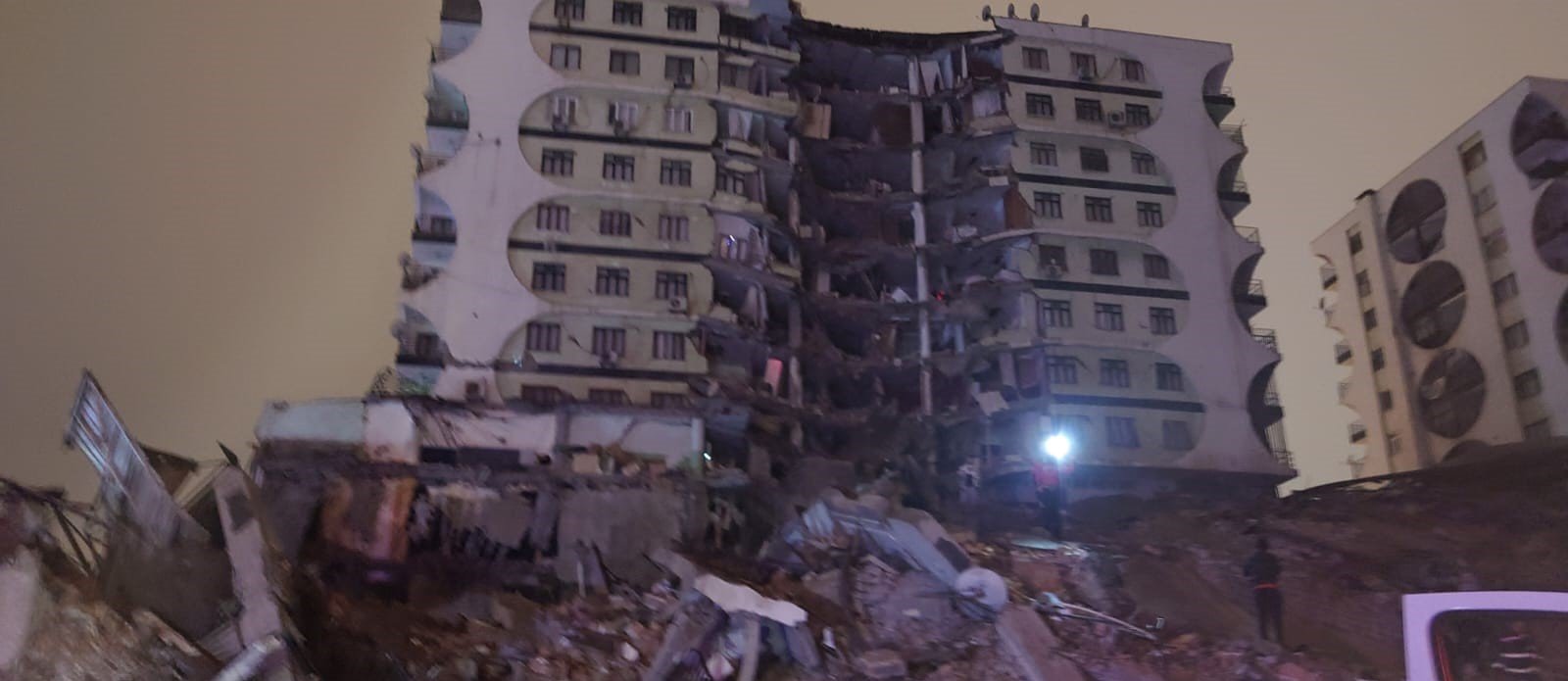Retrofitting buildings with concrete and polymer reinforced with fibre could make buildings in India more seismic resilient, thereby, enhancing their chances of surviving earthquakes, according to an expert.
Researchers at the Indian Institute of Technology (IIT), Ropar, have previously investigated corroded reinforcement in beams and columns of buildings, both relatively new and old, in a laboratory setting.
Aditya Singh Rajput, one of the researchers of the study, IIT, Ropar put forth their observations and a few solutions in this regard in a webinar titled “Assessment and Upgradation of Deteriorating Reinforced Concrete Structures: A Researcher’s View”, conducted in association with Indian Concrete Institute, Chandigarh Centre on February 8, 2023. The study reporting the findings was published in 2019 in the journal Engineering Structures.
“Corrosion of reinforcement in otherwise code compliant reinforced concrete (RC) columns of buildings reduced their seismic performance significantly by severely affecting the ductility of the columns,” said Rajput.
Rajput suggested enhancing the ductility of potential hinge, or joint, regions of RC columns by using concrete and polymer materials reinforced with fibre.
“We replaced the concrete cover of the corroded columns with Ultra High Performance fibre Reinforced Concrete (UHPFRC) and tested their seismic capacity by simulating earthquake conditions,” said seismic expert.
Download Nagaland Tribune app on Google Play

“We found that UHPFRC is an effective material to restore seismic performance of code complaint RC columns,” said Rajput.
“Against more than 10 per cent of corrosion in the reinforcement of columns, a combination of UHPFRC and GFRP worked satisfactorily. GFRP stands for Glass fibre Reinforced Polymer and a layer of GFRP is placed jacketing the column,” said Rajput.
“For columns degraded by more than 20 per cent reinforcement corrosion, UHPFRC and two layers of GFRP yielded good results. However, columns with severe corrosion, more than 30 per cent, this amount of retrofitting did not suffice. This could be studied further,” said the expert.
“Additionally, we also found that retrofitting using these techniques enhanced the vertical load bearing capacity of the columns beyond their original ones, thereby, further advancing our retrofitting technique,” said Rajput.
Rajput quoted National Crime Records Bureau (NCRB), India data and data obtained through RTIs which showed deaths and injuries from building collapses under service loads. The deaths occurring due to building collapses amounted to 28,764 from the year 1995 to 2015, which was about 1450 deaths per year, said the expert.
That is, this loss to life happened under normal or daily loading conditions of buildings in India. Rajput said that a natural disaster such as an earthquake or a cyclone would be unsustainable for such buildings and that India is home to one of the largest dilapidated housing stock in the world.
In the wake of immeasurable devastation caused in Turkiye and Syria by the earthquakes and aftershocks, which the countries continue to receive, attention needs to be drawn to the seismic preparedness of buildings in India, the expert said.
The cause for the immense destruction across Turkiye and Syria has been attributed to multiple factors.
Read more: Turkey-Syria earthquake: a seismologist explains what just happened
101 NDRF personnel depart for earthquake hit Turkey to assist in relief and rescue operations
India hands over six tonnes of relief materials to quake-hit Syria
However, according to a research paper titled “Turkey’s grand challenge: Disaster-proof building inventory within 20 years”, buildings in Turkiye that warranted updation in accordance with their design codes and were constructed with poor materials and workmanship.
“The buildings in Turkiye were poor in seismic resilience,” said Rajput.
Poor construction workmanship, low quality of monitoring and maintenance, low quality of materials used in construction, over loading by carrying out additional construction, corrosion of reinforcement in beams and columns over time can cause the buildings to crumble under service loads, eventually collapse, leading to deaths, injuries and financial damage.
Such buildings under seismic vibrations are likely to collapse instantaneously, without much forewarning, possibly causing instant destruction to life and property, said the expert.
Buildings can be prevented from failing in this way. They can be rehabilitated in a manner such that they are made to fail gradually, and people in the building can be evacuated in the meantime, the expert said.
The rehabilitation can be done by increasing the energy dissipation feature of the building. This is referred to as enhancing the ductility of buildings, making them more seismic resilient and the process through which this is achieved is called retrofitting, the expert said.
The retrofitting technique studied and explained by Rajput is one of the several ways available for achieving an enhanced ductility of buildings, thereby, slowing down the failure of a building under seismic conditions. This would give more time for the occupants to evacuate the building, minimising loss of lives and financial damage.

